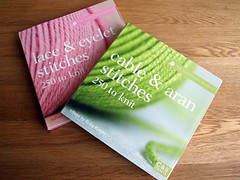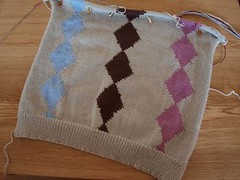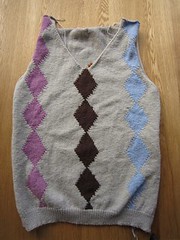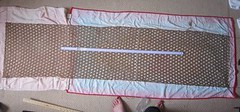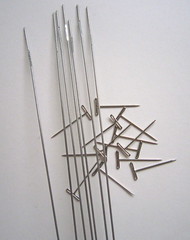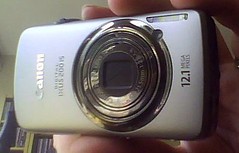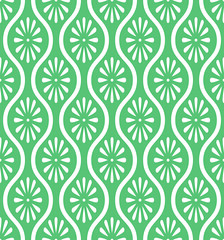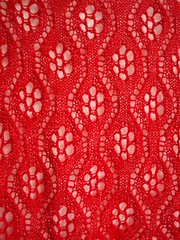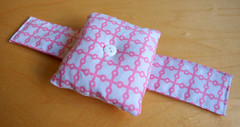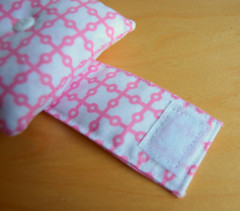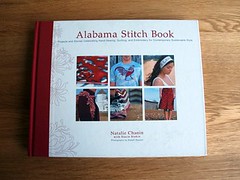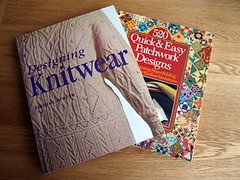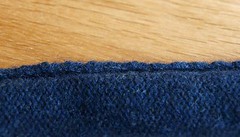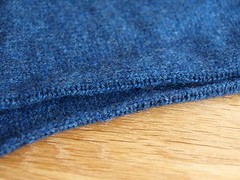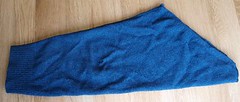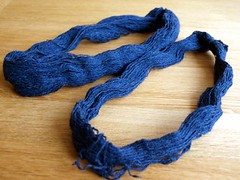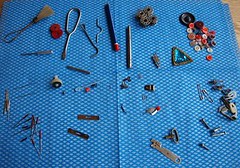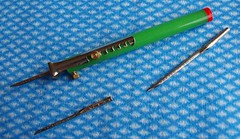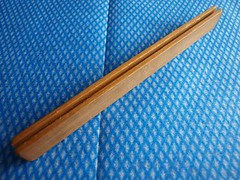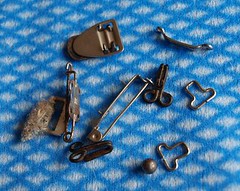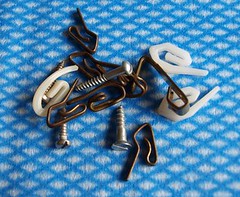I bought these books a little while ago but having been putting off reviewing them and this week I realised why — I just don’t like them. I’ve been waiting for them to magically improve so that I can say nice things about them and it is now time to accept that this isn’t going to happen.
My first and biggest complaint is that there doesn’t appear to have been any sort of logic applied to the arrangement of stitch patterns within the books. Some sort of logical arrangement might have helped the editor spot the patterns that are repeated under different names. Not just similar patterns with a slight offset or a slightly different description of the stitches — the exact same pattern with exactly the same wording (and photograph!) just different names.
Similarly, there’s no way to find patterns by number of stitches or number of rows. This might not be such an issue with the cable and aran stitches but it makes the lace book very difficult to use other than to flick through for general inspiration.
The photographs are another issue or rather the swatches are. I know how hard it can be to take a good photograph of a swatch but some of the yarn choices and particularly colours of the swatches make it impossible to appreciate the patterns. I’ve knitted a swatch for at least one pattern so far just to try and see what it looked like which defeats the purpose of them including photographs in the first place.
The lace book also has no charts, despite one of the ‘useful’ hints scattered throughout being “Take the time to learn how to read knitting charts; it’ll make your knitting that much easier”.
To end on a somewhat positive note, I will admit that there are stitch patterns in the books that aren’t in any of the other books I own, I have used some of the stitch patterns and I’ve yet to find any errors in the patterns themselves. Not exactly a glowing recommendation but I’m afraid it’s the best I can do.
